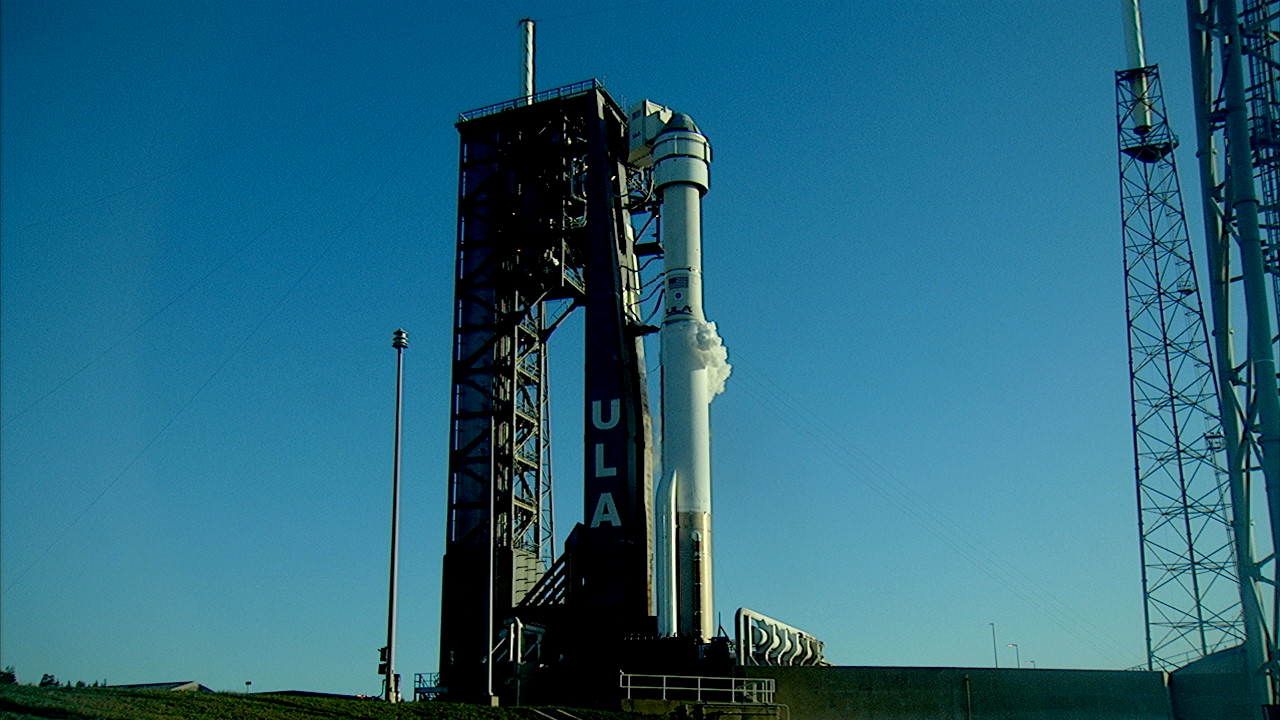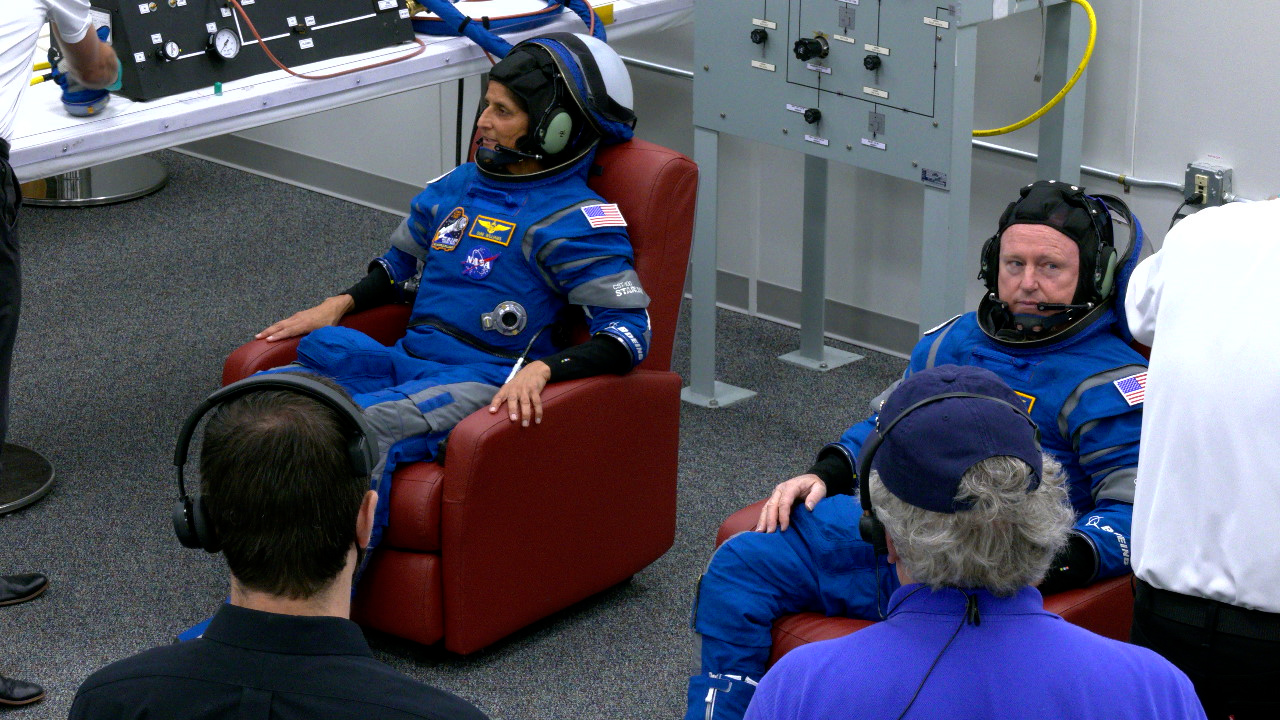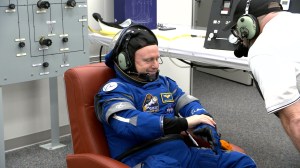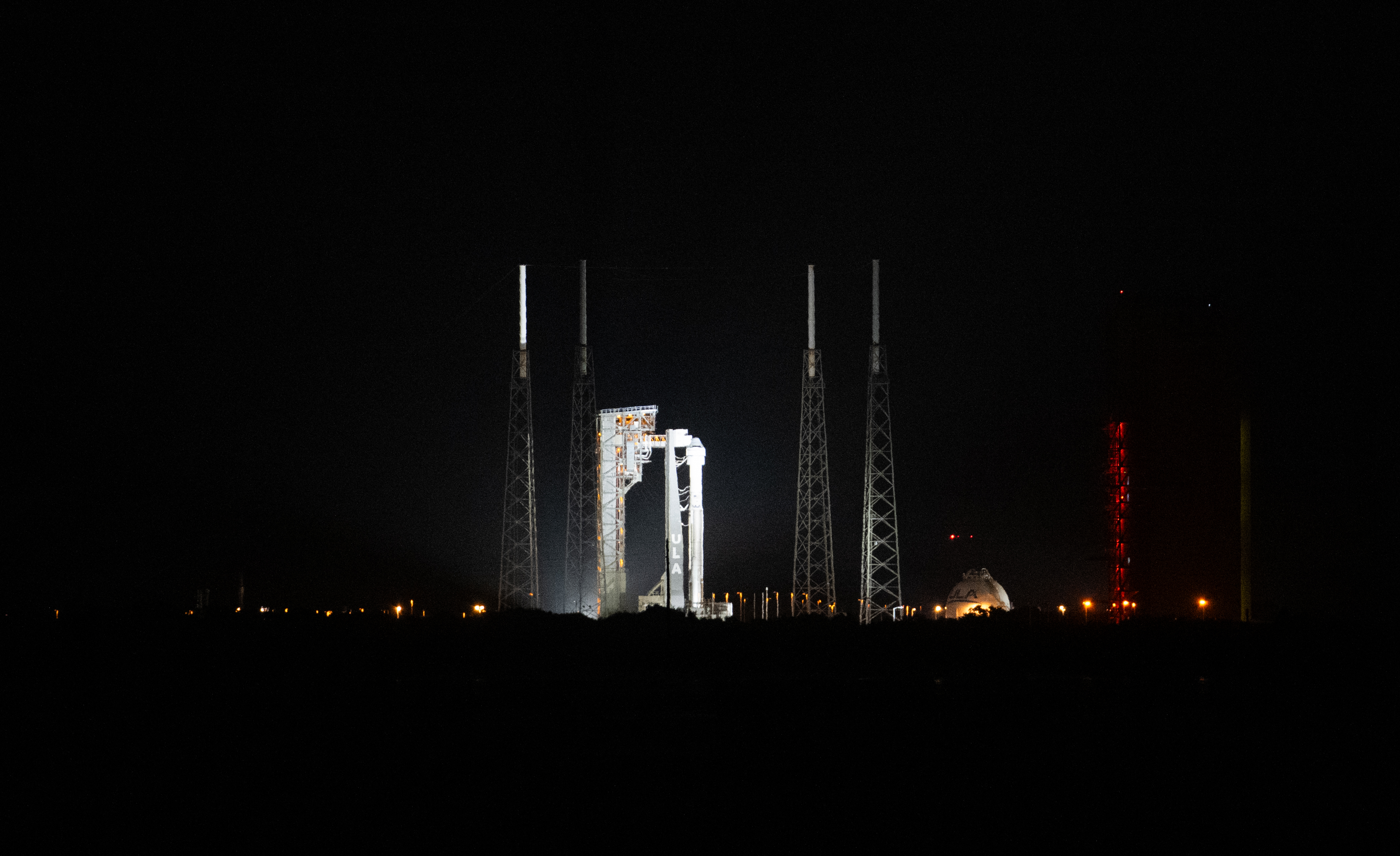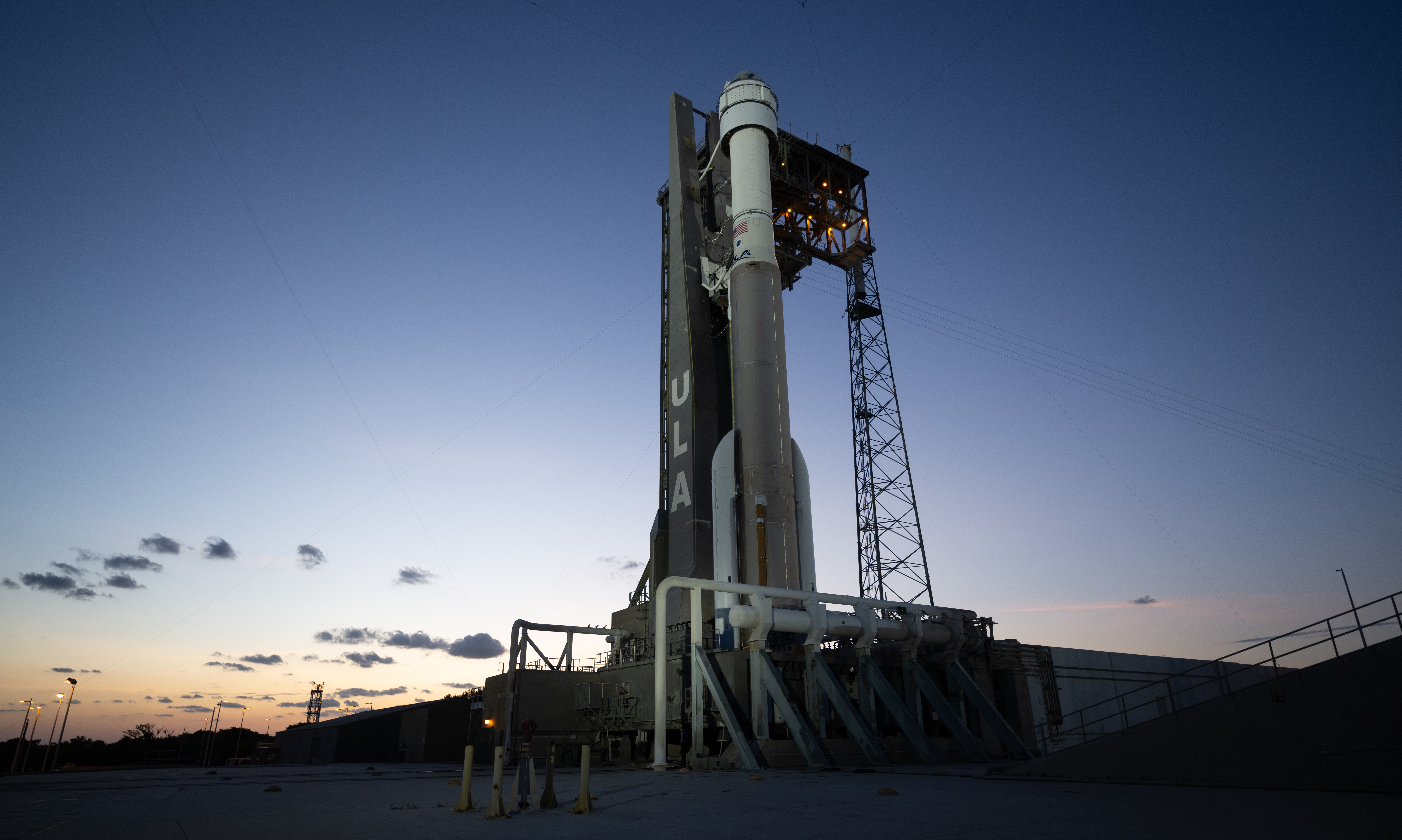
NASA’s Boeing Crew Flight Test astronauts Butch Wilmore, commander, and Suni Williams, pilot, are suited up and on their way to the launch pad for today’s launch.
The duo spent about an hour putting on their suits and completing suit leak checks inside the Neil A. Armstrong Operations and Checkout Building at the agency’s Kennedy Space Center in Florida.
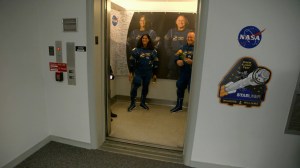
After departing the building, Wilmore and Williams waved to family and friends waiting outside before loading into Boeing’s Astrovan. The nine-mile drive will take the astronauts to the launch pad at nearby Space Launch Complex-41 at Cape Canaveral Space Force Station.
Wilmore and Williams are the first crew to fly aboard Boeing’s Starliner as part of the agency’s Commercial Crew Program. Liftoff to the International Space Station is scheduled for 10:52 a.m. EDT. The crew is expected to arrive at the orbiting laboratory for rendezvous and docking at 12:15 p.m., Thursday, June 6.
Wilmore and Williams will spend about a week at the space station before the crew capsule makes a parachute and airbag-assisted landing in the southwestern United States.
Once the flight test is complete, NASA will begin the final process of certifying Starliner and its systems for regular human spaceflight launches.
The crew flight test mission makes history in several ways. Williams is the first female astronaut to fly on the first flight of a crewed spacecraft. The mission also marks the first crewed launch on the ULA Atlas V rocket, and the first crewed launch on an Atlas-family class rocket since Gordon Cooper on the last Mercury program flight aboard “Faith 7” in May 1963.
Learn about the crew flight test by following the mission blog, the commercial crew blog, @commercial crew on X, and commercial crew on Facebook. Learn more about station activities by following the space station blog, @space_station, and @ISS Research on X, as well as the ISS Facebook and ISS Instagram accounts.

